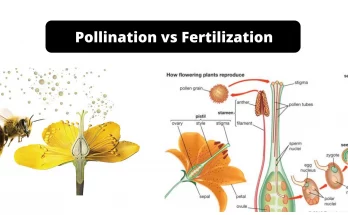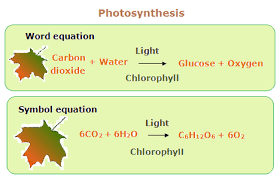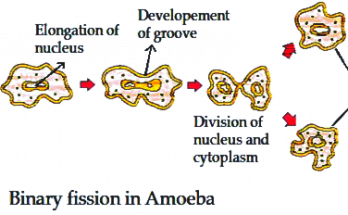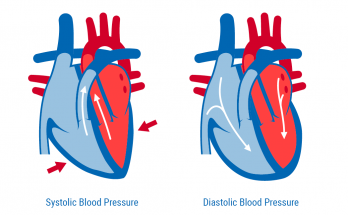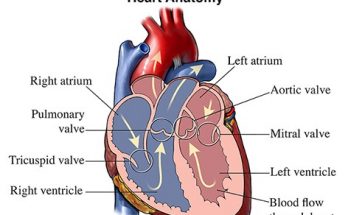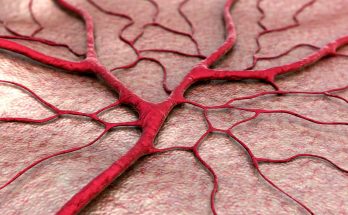FAQs on Flower- Parts, Structure ,Anatomy, Reproduction , Pollination, Fertilisation, Function
Explore the fascinating world of flowers with our FAQs on Flower- Parts, Structure, Anatomy, Reproduction, Pollination, Fertilization, Function! Unveil the secrets of how flowers reproduce, attract pollinators, and protect themselves. Discover the colorful and scented strategies flowers employ to ensure their species’ survival, ensuring genetic diversity and forming symbiotic relationships.
FAQs on Flower- Parts, Structure ,Anatomy, Reproduction , Pollination, Fertilisation, Function Read More